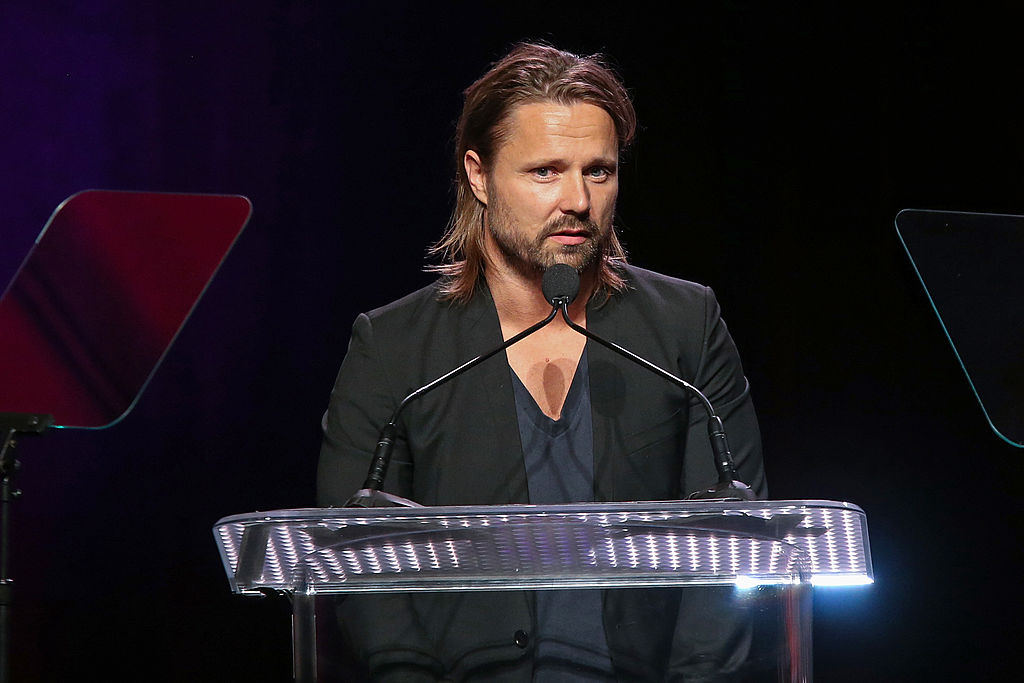In a new profile of Lorde in The New York Times Magazine, the New-Zealand-reared singer-songwriter born Ella Yelich-O’Connor details, among many other things, the genesis of her new album Melodrama. The record is largely a collaboration between her primary producer/co-songwriter/pal Jack Antonoff of Fun. and Bleachers fame. The songs have, by Lorde‘s account, many points of inspiration: from Kate Bush (at one point in the article, Antonoff encourages Lorde to “do it weird and Kate Bushy”) to Robyn (whose image Antonoff and Lorde placed on the upright piano when they performed on SNL last month) to just whatever she was listening to on Top 40 radio at the time.
Antonoff and Lorde mostly tried to keep to themselves, but they apparently workshopped Melodrama‘s first single, “Green Light,” with veteran pop mastermind Max Martin, responsible for hits from Kelly Clarkson’s “Since U Been Gone” to Taylor Swift’s “Shake It Off.”
Martin did not think the song was a hit. According to Lorde, he called it “incorrect songwriting” and objected to the marked key change that occurs when the heavy piano part kicks in on the pre-chorus (in Top 40 hits these days, key changes are either reserved for amplified final choruses–see Lady Gaga’s “Perfect Illusion”–or, much more often, occur not at all), as well as some other structural details.
Here’s the relevant passage from the Times profile:
When Max Martin heard “Green Light” shortly before its release, she told me, “he had a very specific opinion, which had to do with the melodic math — shortening a part” … Martin described “Green Light” as a case of “incorrect songwriting,” Lorde said, clarifying that this “wasn’t an insult, just a statement of fact,” and one, furthermore, that she agreed with: “It’s a strange piece of music.” (The press-averse Martin declined to comment.) On top of the left-field key change, “the drums don’t show up on the chorus until halfway through, which creates this other, bizarre part.”
The commentary seems to fit easily with Martin’s philosophy of songwriting, as explicated in a rare, recently-unearthed interview with the producer in a Swedish magazine. “There shouldn’t be too much information in the overall sound,” Martin explained. “I work a lot on getting it all as clear and distinct as possible. There should never be too many new elements introduced at the same time. One at a time. Like in a movie. You can’t introduce ten characters in the first scene. You want to get to know one before you’re ready for the next.”
But Lorde still ended up making the song as she wanted to make it, though its collage-like structure may have contributed to its slightly disappointing chart performance. (It peaked at #19, and has fallen since.) “‘When it comes to ‘melodic math,” Lorde told the Times Magazine, ‘I have a strong awareness of the rules — 60 percent of the time I follow them; 40 percent, I don’t.'” And in Martin’s interview, he too acknowledged that trends and formulas change. One quote makes one think of Melodrama‘s second single “Liability”: “A hit can be someone just singing to piano music, anything.”





